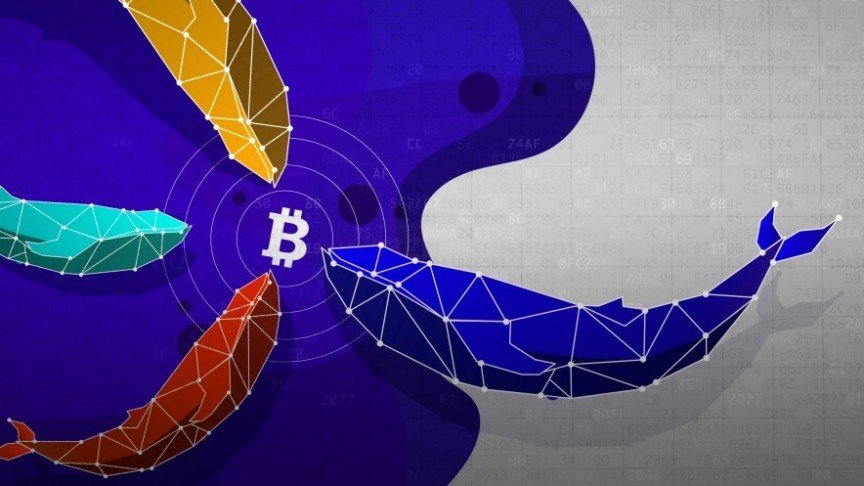Table of Contents
Forex trading is supposed to be volatile, but let’s be honest—compared to the insanity of crypto, forex pairs move like a lazy snail on a Sunday afternoon. Sure, there’s economic news, central bank drama, and geopolitical chaos, but even the “wildest” forex pairs rarely move beyond a couple of percentage points per day.
Meanwhile, in the world of real adrenaline-fueled trading, cryptocurrencies regularly swing 10-20% in a matter of hours. If you love fast moves, massive gains, and market action that keeps you up at night, you probably already know why forex just doesn’t cut it.
But hey, let’s at least give forex a chance. In this article, we break down the most volatile forex pairs in 2025, why they’re moving (or barely moving), and how they compare to the real action in crypto markets.
What Makes a Forex Pair Volatile?
Before diving into specific pairs, let’s first define what makes a forex pair volatile:
- Economic and Political Uncertainty – Countries facing economic instability, political transitions, or conflicts often experience heightened currency fluctuations.
- Interest Rate Differentials – Differences in central bank policies can cause sharp moves in currency pairs.
- Liquidity Levels – Lower liquidity can lead to exaggerated price movements, making pairs more volatile.
- Market Sentiment and Speculation – Sudden shifts in investor sentiment can lead to rapid price swings.
- Commodity Price Correlations – Some currencies are linked to commodity prices (e.g., oil or gold), leading to increased volatility.
Most volatile forex pairs in 2025
With these factors in mind, let’s examine the most volatile forex pairs in 2025 and why they are experiencing heightened price movements.
1. USD/JPY (US Dollar / Japanese Yen)
Why is it volatile in 2025?
- Diverging Monetary Policies – The Federal Reserve and the Bank of Japan (BoJ) are taking opposite approaches. The Fed is leaning towards interest rate cuts due to economic slowdown, while the BoJ is considering ending its negative interest rate policy.
- Geopolitical Risk – Rising tensions in the Asia-Pacific region have caused increased demand for the Japanese yen as a safe-haven asset.
- Speculative Trading – USD/JPY is heavily traded by institutional and retail investors, leading to frequent sharp price swings.
📊 Average Daily Volatility: 1.5% – 2.2%
2. GBP/USD (British Pound / US Dollar)
Why is it volatile in 2025?
- Post-Brexit Economic Adjustments – The UK is still dealing with long-term economic repercussions from Brexit, including trade negotiations with the EU and the US.
- Bank of England’s Interest Rate Policy – The BoE has been slow to cut rates, leading to uncertainty about future monetary policy.
- US Economic Uncertainty – Market movements in GBP/USD have been highly reactive to Federal Reserve policy changes and US economic performance.
📊 Average Daily Volatility: 1.8% – 2.5%
3. EUR/USD (Euro / US Dollar)
Why is it volatile in 2025?
- ECB vs. Federal Reserve Policy Divergence – The European Central Bank (ECB) is adjusting its monetary policy, while the Fed’s rate cuts impact EUR/USD fluctuations.
- US Economic Performance – Any shifts in U.S. inflation, jobs data, or GDP growth significantly impact this major forex pair.
- European Political Uncertainty – Elections and economic instability within the Eurozone can contribute to price swings.
📊 Average Daily Volatility: 1.3% – 2.0%
4. USD/CAD (US Dollar / Canadian Dollar)
Why is it volatile in 2025?
- Oil Price Correlation – Since Canada is a major oil exporter, fluctuations in crude oil prices directly affect USD/CAD movements.
- Bank of Canada vs. Federal Reserve Policies – Rate decisions and monetary policy shifts between the two central banks create volatility.
- US-Canada Trade Relations – Changes in trade agreements or tariffs impact investor sentiment on this pair.
📊 Average Daily Volatility: 1.5% – 2.2%
5. AUD/JPY (Australian Dollar / Japanese Yen)
Why is it volatile in 2025?
- Risk Sentiment Sensitivity – This pair is a key indicator of global risk appetite, often reacting to market downturns.
- Commodities and Trade Exposure – Australia’s economy relies heavily on commodity exports, and price fluctuations cause AUD/JPY movements.
- Carry Trade Reversals – Investors using this pair for carry trades may trigger sudden price swings when market conditions change.
📊 Average Daily Volatility: 1.6% – 2.5%
Forex Volatility vs. Cryptocurrency Volatility
While forex traders love to talk about “volatility,” crypto traders are laughing from the moon. Let’s compare the numbers:
Volatility Comparison
- Forex markets typically experience daily price movements of 1-3% on their most volatile pairs.
- Cryptocurrency markets can see daily swings of 5-20% or more, and that’s on a quiet day.
- Forex is controlled by central banks and economic policy, meaning its volatility is mostly contained.
- Crypto is fueled by speculation, meme magic, and Elon Musk tweets, making it a true trader’s playground.
Advantages of Forex Trading Over Crypto
✅ Higher Liquidity – Forex trades over $7.5 trillion per day, ensuring smoother transactions.
✅ Regulated Environment – Unlike crypto, forex is backed by central banks and clear regulations.
✅ Predictable Influences – Forex follows macroeconomic indicators, making analysis easier.
✅ Lower Volatility Risk – If you like small, slow moves, forex is a safer bet.
Advantages of Crypto Trading Over Forex
🚀 Higher Profit Potential – Forget 1-2% daily moves—crypto can double overnight.
🚀 24/7 Trading – Forex shuts down on weekends, crypto never sleeps.
🚀 Decentralization – No central bank manipulations, just pure market action.
🚀 More Volatility for Short-Term Traders – If you love the thrill, crypto is king.
Conclusion:
If you’re still trading forex and calling it volatile, we’ve got news for you—real traders are in crypto. Sure, forex has its moments, but when your “most volatile” pairs barely move 2% per day, it’s hardly the wild ride that adrenaline junkies crave.
- If you love slow, steady moves and macroeconomic logic, forex is for you.
- If you want excitement, big swings, and insane profit potential, crypto is where it’s at.
- Crypto is wilder, but forex remains the king of liquidity and regulation.
If you’re chasing real volatility, real profits, and real trading action, you know where to be.
- New Battle Over NFT Regulation: OpenSea Urges SEC to Step Back - April 11, 2025
- XRP in the Green Globally – But Korean Traders Are Selling Off - April 10, 2025
- Tron Surge Incoming? Stablecoin Activity on the Network Is Soaring - April 10, 2025
























